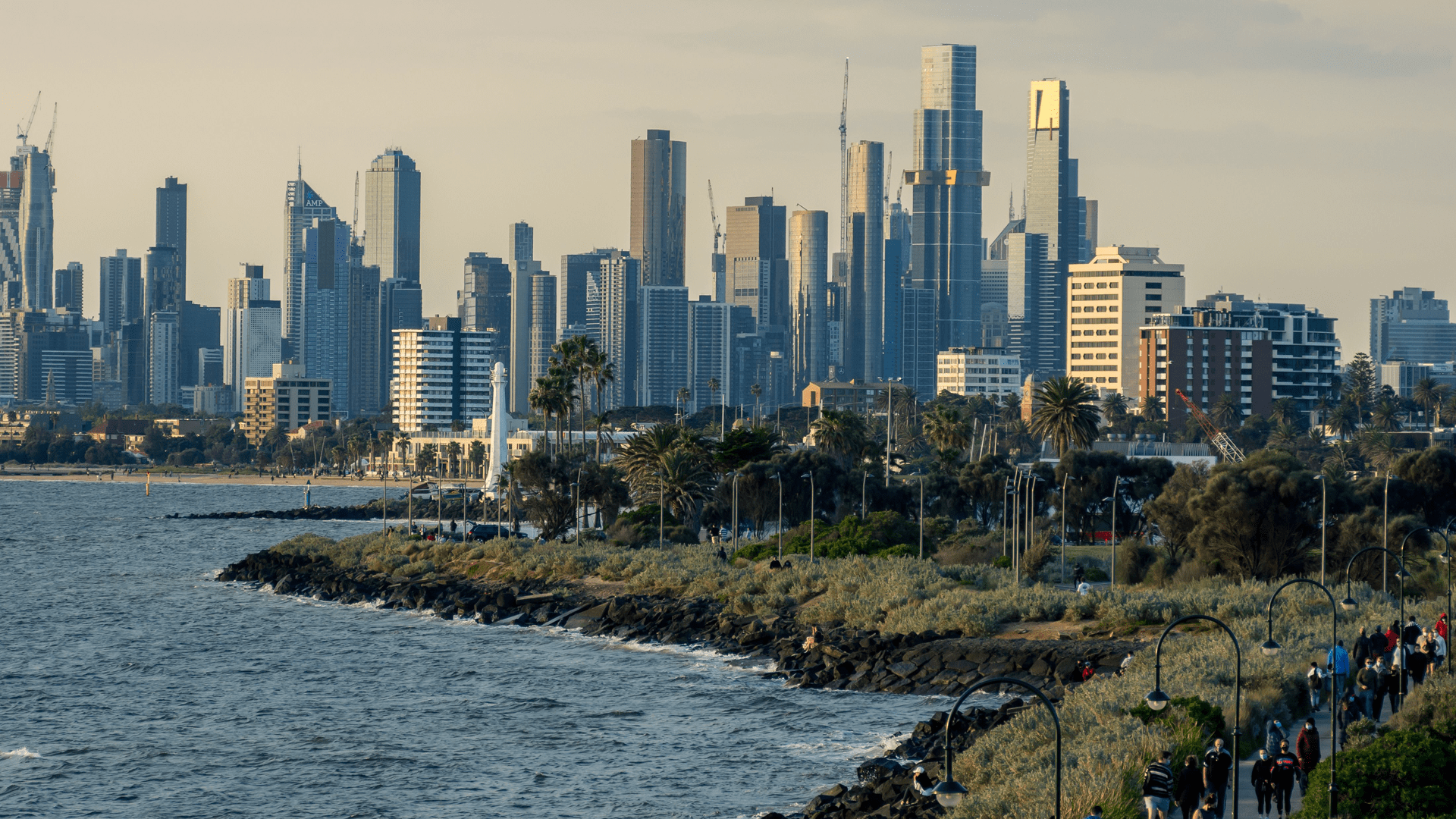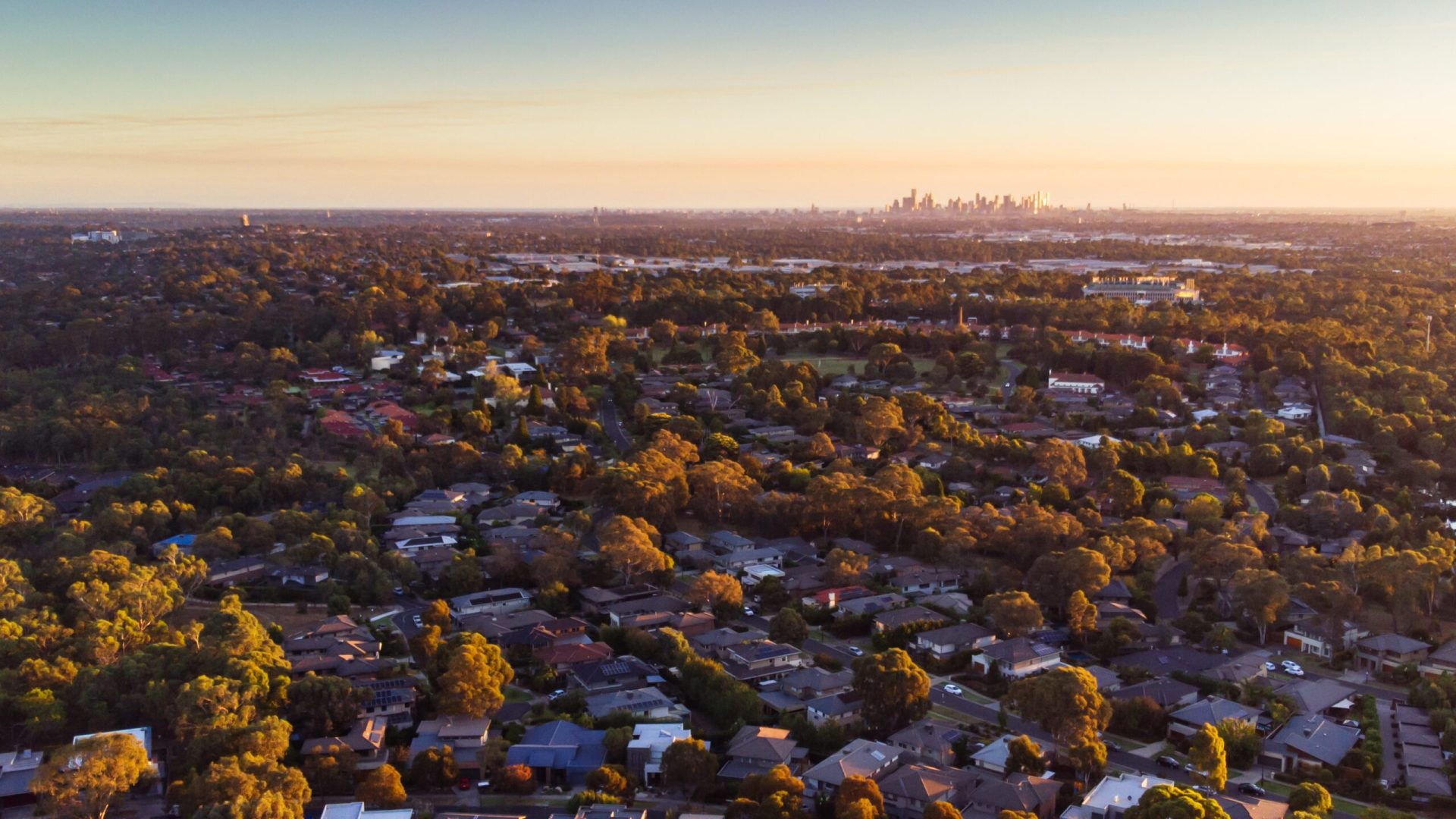Today APRA announced changes to loan serviceability expectations which raise the interest rate buffer from 2.5% to 3.0%.
OpenCorp CEO, Matthew Lewison discusses the reasons for this intervention and the impacts it may have on the property market. “We’re very pleased to see APRA’s response today, and also the way they’re approaching it by addressing interest serviceability rather than targeting investors.
Transcription
Matt Lewison: Today APRA announced a new policy intervention into the Australian housing market. They’ve increased the interest serviceability buffer from 2.5% to 3%. Now, many people would remember that APRA intervened in the market through 2015, 16 and 17, which had an impact all the way up to 2019. And at that time they were trying to limit investor growth, investor domain in the housing market because in Sydney and Melbourne, it had become excessive.
It was pushing up prices in established housing markets. Creating a systemic risk for the lending market. Those interventions were a lot more far reaching in terms of directed very much at investors, but they were intended to have a much stronger response because they did want to not just dampen growth in prices. They wanted to pull prices back a little bit. And at that time they managed to manufacture a slightly over 10% production in Sydney.
And Melbourne’s median house prices doesn’t mean that all suburbs in Sydney and Melbourne’s or price reduction through those years. Certainly some suburbs that had strong fundamentals continued to go up in value and not touch on at the moment they went up in value through those years while the median continued to go down. But that was a very, very smooth deleveraging was I think the term that they used. This time they’re not focused on investors because investors don’t make up an excessively large proportion of buyers in the market right now.
So this intervention is more broad in terms of it’s aim at all buyers to reduce some of the borrowing capacity and that’s to try and limit price growth into the future. They don’t want to stop price growth and they don’t want prices to drop right now. They just want to make sure that prices don’t continue to go up at 15 to 20% per annum, because if they do, they might need to, once again, manufacture a de-leveraging to reduce prices marginally and bring affordability back into the market.
So intervening early as they’re doing is actually a really good response. So we are very pleased to see APRAs response today. And also the way that they’re approaching it in terms of addressing interest, serviceability, not targeting investors. So we think that this is going to have a much stronger effect on markets that don’t have solid fundamentals. The fundamentals of good demand versus supply as well as good affordability. And when we look at affordability, there’s a few things we look at. Rental yields, particularly for investors as well. And we also obviously look at price to income ratios.
Certainly the markets that are the least affordable and have the lowest rental yields right now, Sydney and Melbourne. Particularly many parts of Melbourne don’t have great rental yields or affordability. Some parts of Melbourne do have good affordability, but weak rental yields talking specifically about the Western suburbs of Melbourne, where there is a lot of supply coming through. The demand isn’t necessarily there.
There’s certainly demand of buyers right now, but in terms of demand for people who live in their houses in six and 12 months, when they’re finished. Well, the borders international borders are closed. We’re not seeing international vibration. Melbourne’s losing people to the Northern cities, such as Brisbane right now, and they’re losing people very quickly. So building a lot of houses without new people moving into the city is going to have an impact on supply and demand equation in the future.
Now, some parts of Melbourne that do are outliers in that regard, when they’ve got low vacancy rates, they’ve got reasonably strong leisure yields and they’re very affordable and they’re not overbuilding because they’re constrained by urban growth boundary and planning controls. So there obviously are going to be suburbs in Melbourne areas in Melbourne that continue going strong, similar in Sydney. But generally we expect that Sydney and Melbourne is going to see the biggest impacts from this increase in interest of the security buffer.
Now outside of Sydney of Melbourne, we also anticipate in the premium suburbs that this increase in the serviceability buffer is going to have the biggest impact on borrowing capacity for those pointing into the market. By that, I mean the very ultra expensive properties, it’s very few buyers, already. Half a percent increase in interest rates is going to really diminish their borrowing capacity strongly. And so it might force them down into slightly less desirable properties. And then they’ll put downwards pressure on those in those markets, that’ll move down into more affordable markets. And so on.
There may be some people at the bottom of the market that do get squeezed out, but they’re being replaced by people coming down from higher price points into those affordable price points as well. So we’re anticipating that markets like Brisbane, very low vacancy rate, Perth, which has a low vacancy rate, good rental yields in both Brisbane and Perth as well, and much better affordability relative to Sydney and Melbourne. Not just in a few suburbs, not just in the median, but a lot across a lot of suburbs where it’s still almost as affordable, even sometimes more affordable to own than to rent in some suburbs or many suburbs in Brisbane as well.
So we’re anticipating that those markets are going to continue to perform strongly despite this minor intervention into the borrowing capacity for buyers in Australian housing markets. So yeah, very well timed response by APRA. It’s great to see them getting in early, but also focusing on the right things. A broad approach to just take a little bit of a heat out of the market without trying to squash price growth. Because at the end of the day, the start of a economic recovery coming out of COVID, they want to see housing construction continue.
They want to see a little bit of price growth so that people’s wealth is being maintained and growing, which is going to encourage more investment and more expenditure to other parts of the economy. So a bit of price growth is really good for the Australian economy, obviously excessive price growth while good for those that own properties can also have some bigger impacts, obviously in that it creates instability in the market for those entering into the market all a sudden, if there’s a risk that prices do happen to correct so we are really pleased to see the approach APRA’s taken.








